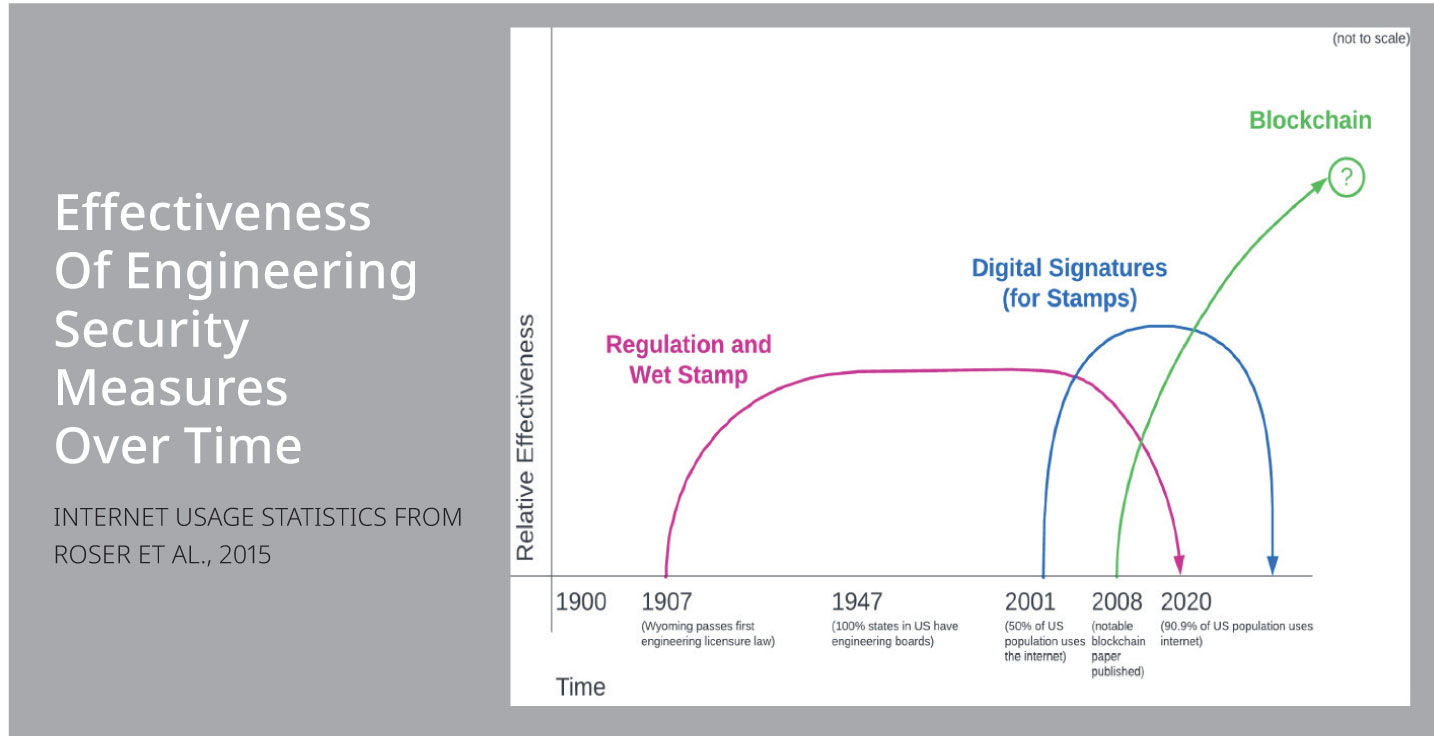January/February 2017
Communities: Construction
Information Modeling for Bridges Comes of Age
As the use of building information modeling continues its growth spurt in the AEC industry, bridge construction is playing catch up. Now, after a two-year effort, the Federal Highway Administration has set a path for using BIM technology on the different phases of bridge design and construction projects.
An FHWA report, released last year, provides the bridge industry with a basis for consensus standards for bridge information modeling (BrIM). Without these standards and related data exchange protocols, “there is no common way to integrate the various phases of a bridge design and construction project and benefit from that information in the inspection, maintenance, and operational phases associated with its asset management,” FHWA Director of the Office of Bridges and Structures Joseph Hartmann, P.E., writes in the report’s forward. “This work seeks to develop, validate, identify gaps, implement, and build consensus for standards for BrIM for highway bridge engineering.”
In 2014, the global building information modeling market was $2.7 billion, according to Transparency Market Research, and it is expected to reach $11.5 billion by 2023.
Available in four sections, the report includes example component models of steel girder and reinforced concrete box beam bridges—typical highway bridge styles—for use to exercise available approaches and determine capabilities and shortcomings. It also includes component modeling details from case studies of a turnpike bridge in Pennsylvania and the Van White Memorial Overpass in Minneapolis.
It is available to FHWA, the American Association of State Highway Transportation Officials, state departments of transportation, and technology companies.
The report was developed through research into existing modeling standards and efforts; evaluation of bridge planning, design, construction, and operations processes; and analysis of the state of practice, to identify a path to BrIM implementation.
For more information visit the FHWA website at www.fhwa.dot.gov.


 Volunteering at NSPE is a great opportunity to grow your professional network and connect with other leaders in the field.
Volunteering at NSPE is a great opportunity to grow your professional network and connect with other leaders in the field. The National Society of Professional Engineers (NSPE) encourages you to explore the resources to cast your vote on election day:
The National Society of Professional Engineers (NSPE) encourages you to explore the resources to cast your vote on election day:


